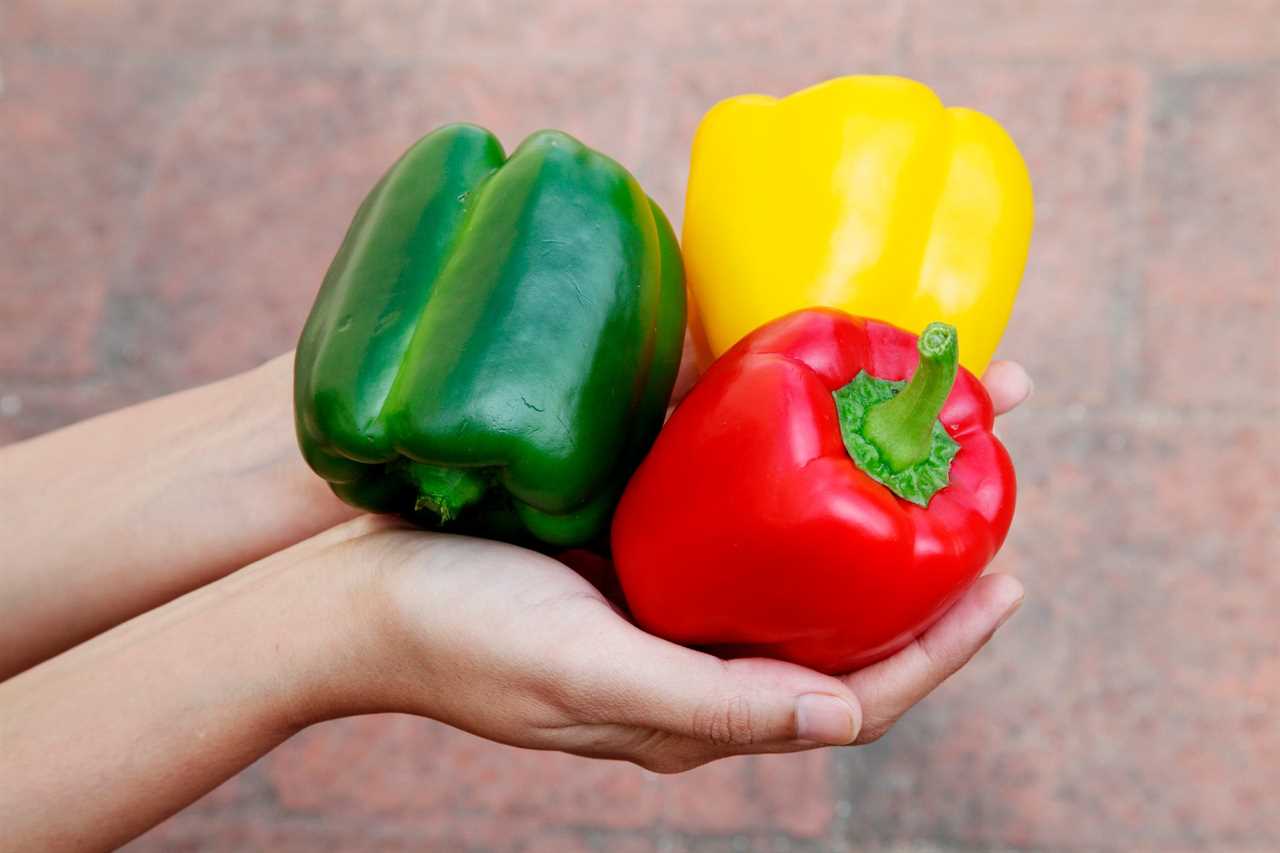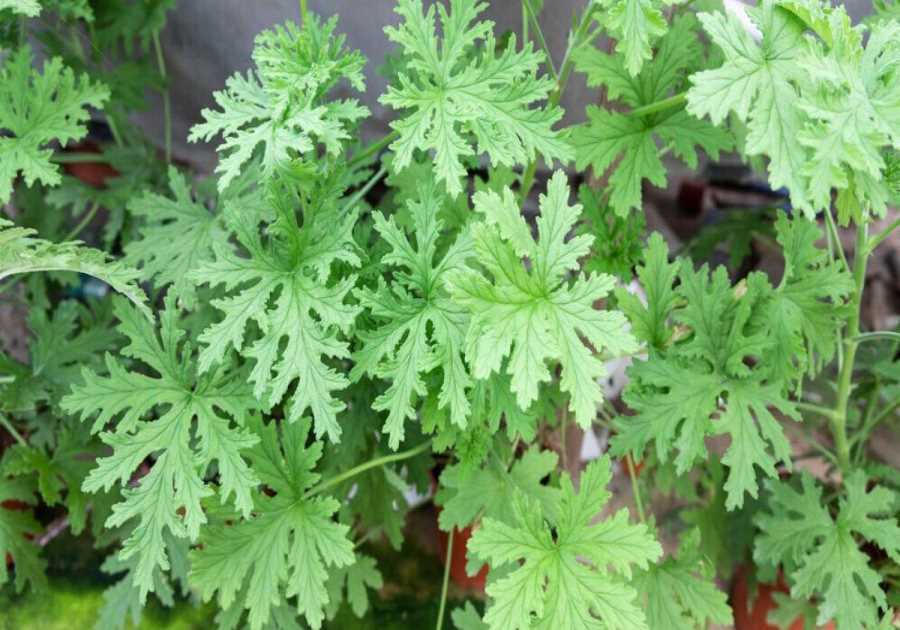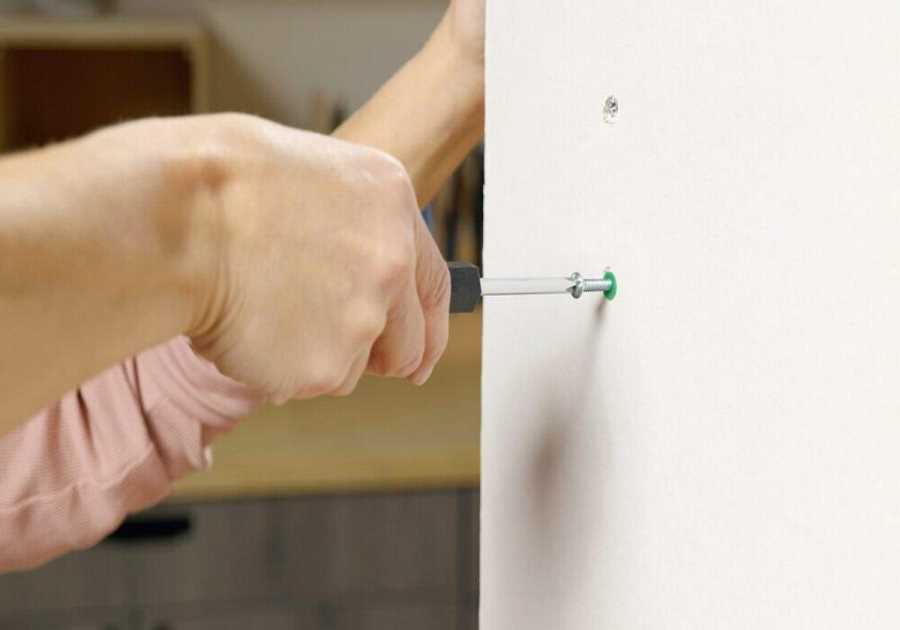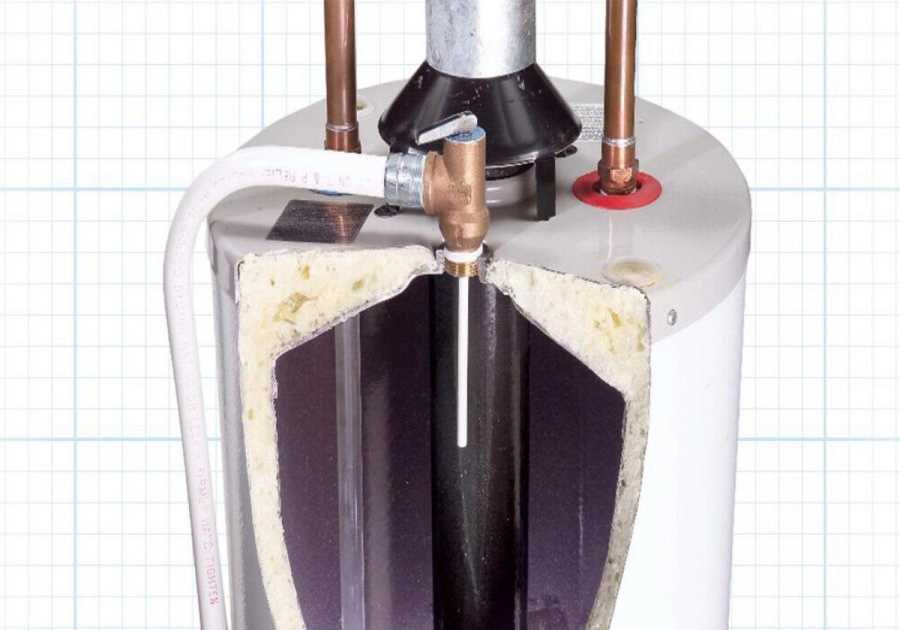I’ve read two myths about bell peppers, neither of which has a hint of truth to it.
A few years ago, I saw one on social media about how to tell boy and girl bell peppers apart — supposedly, by the number of lobes or bumps on the bottom of the peppers. Someone even asked me about this at the grocery store. One problem: There are no such things as boy and girl peppers! They’re just bell peppers.
The other myth: Growing your sweet bell pepper plants near hot pepper plants will make your bell peppers too hot. Also, not true. Your bell peppers will taste just fine. The only vegetable affected by where its pollen comes from is sweet corn, because you’re actually eating the sweet corn seeds.
Now for some realism: Here’s what you need to know to grow perfect bell peppers.
How To Plant Bell Peppers
Starting bell pepper plants from seed
- Sow seeds indoors in small containers filled with potting soil or a seeding starting soil mix approximately eight to 10 weeks before your last frost date.
- Cover with a lid, plastic or otherwise, to keep the soil moist. Place under lights or in a bright south-facing window.
- To ensure good germination, provide bottom heat for the containers. A seedling heat mat works well for this. Seeds will still germinate without bottom heat, but it will take longer and you risk seeds rotting.
- Once seeds begin to germinate, remove the plastic lid or covering.
- Allow seedlings to continue to grow. Once they’ve grown a few sets of leaves, fertilize them with a liquid fertilizer labeled for use with vegetable plants.
- If seedlings begin to grow roots through the bottom of their containers and it’s not yet time to plant them outside, plant them in larger containers.
- When days are warm (70 F in the sun), put pepper seedlings outside in a shady area for a few hours each day to begin to harden them off. Extend the time you put them outside each day. Take them back in at night when temperatures drop.
Purchasing bell pepper plants
- Choose dark green plants that aren’t leggy. Leggy plants have long stems between sets of leaves and may have been grown in crowded conditions or without adequate light.
- Choose labeled plants. All pepper plants tend to look the same whether they’re bell or hot peppers. Labels ensure you know what you’re buying.
Bell peppers like warmer weather and soil, so wait until several weeks after your last frost date before planting pepper plants in your outdoor garden. Nights should be consistently above 50 F, and the daytime and soil temperatures above 70 F. Plant in a sunny spot with well-drained soil, 12 to 18 inches apart. If planting in rows, give yourself room to walk between them.
How to Grow Bell Peppers

Watering
As with most vegetables, bell peppers need about an inch of rain a week. If you don’t get that much, water deeply at least once a week.
Weeding
Weeds compete with bell peppers for nutrients. So be diligent about weeding, being careful not to disturb the bell pepper roots.
Fertilizing
In garden soil enriched with compost, your pepper plants may not need additional fertilizer. If the plants aren’t dark green or don’t seem to be growing well, apply a fertilizer labeled for use with vegetable plants. Avoid fertilizers high in nitrogen. This encourages lots of leaves and fewer blooms, which means fewer peppers.
Supporting
Sometimes pepper plants become top-heavy with lots of peppers and require support to stay upright. You can use a small tomato cage if placed before the plant gets too big, or ring supports used for plants like peonies.
Preventing pests
Bell peppers aren’t bothered by many insect pests and diseases. The best way to prevent problems is to rotate pepper plants to different areas of the garden each year, where peppers (and tomatoes) weren’t grown the year before.
How to Harvest Bell Peppers
Harvest bell peppers when they’re green. Or you can wait until later in the season when, depending on the variety, they’ve turned to their mature color — red, yellow, orange or purple. The later peppers will be sweeter, but the earlier green peppers will also taste good. Cut the peppers off the plants to avoid breaking stems.
Bell peppers can be kept in the refrigerator for several weeks or cleaned, cut and frozen for later use.
Did you miss our previous article...
https://rsssuperfeeds.com/life-hacks/5-smart-grills-that-will-improve-your-grilling-game






